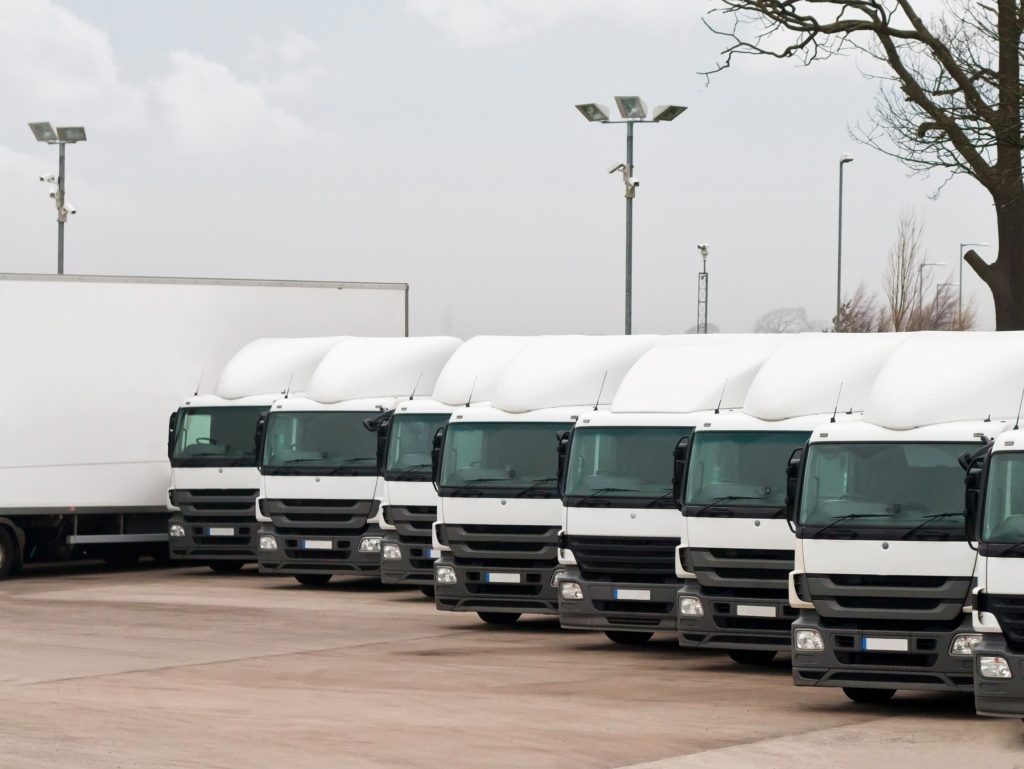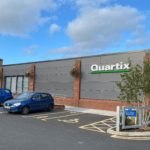Features - Business
Constructing and financing a claim against the truck manufacturers cartel

Recent European Commission antitrust decisions have resulted in users of trucks and lorries, including those in the construction and building sector, being able to claim substantial damages from the largest European truck manufacturers. Litigation funding can enable claimants to recover what is due to them with no cost or risk to their business.
We speak with Rosemary Iannou , Managing Director, Vannin Capital.
The Decision
The European Commission has issued decisions (the Decision) against all Europe’s leading truck manufacturers for their participation in a 14-year cartel. The cartel illegally coordinated truck prices throughout the EU and delayed the introduction of emission-reduction technologies, resulting in the European Commission’s ruling of anticompetitive behaviour.
The consequences of the Decision are such that all truck users in Europe, including those in the construction sector, are able to claim damages against the truck manufacturers identified in the Decision for the damages they have suffered as a result of the cartel’s wrongdoing.
The Decision is a key starting point for any damages claims by truck users because it can be relied upon to establish liability against truck manufacturers – one of the key battlegrounds in bringing a claim. Thanks to the European Commission’s Decision, truck manufacturers cannot deny that their unlawful anticompetitive behaviour took place.
Since liability has been established by the Decision, the level of damages to be paid is likely to be the key test in any claim brought. This being said, given that the cartel lasted for 14 years across an entire continent, the damages that may be claimed by users of trucks are likely to be significant.
Claiming damages with legal finance
To claim damages against the truck manufacturers for losses suffered, truck users will need to bring a claim in court against the manufacturers. The costs of bringing such a claim can be significant and can often be a bar to companies bringing claims.
The recent growth of litigation funding means that the costs of bringing an action should not prevent claims being brought. Litigation funders fund the costs of bringing claims on behalf of claimants in return for part of the damages secured.
Litigation funding is provided on a fully non-recourse basis, meaning that the costs of the claims are paid in full by the litigation funding – including lawyers’ fees and associated costs. The claimant pays nothing but is still able to pursue what is often a very valuable claim.
If, ultimately, the claim is unsuccessful, the funder loses its investment and the claimant makes no financial contribution to the claim nor any reimbursements to the funder for costs invested. The entirety of the risk is with the litigation funder. If the claimant wins and there is a recovery, the funder receives repayment of its investment and a return on that investment from the damages paid to the claimant. The return on investment received by the funder is determined on a case by case basis.
In the context of claims against the truck manufacturers, Vannin Capital is working with a law firm, Collyer Bristow, and advisory firm, Grant Thornton, to bring a group action on behalf of claimants affected by the truck manufacturers’ behaviour. Being part of a group such as this enables claimants to benefit from funding while also enabling them to benefit from economies of scale by sharing the costs of bringing the claim with other businesses. This reduces the level of funding required for each individual claim and therefore reduces the return payable to the funder from any damages received by each claimant.
Delivering value for construction businesses
Litigation funding enables companies to view litigation as an asset rather than a liability. Using funding to bring meritorious claims, such as the one construction businesses which use trucks have against truck manufacturers following the Decision, can generate value for companies without the need for them to invest their own capital.
The result is that any damages recovered from claims will have a direct benefit to profit and loss accounts, balance sheet value, EBITDA and cash flow, without any need to account for the potential costs of bringing claims. These clear accounting and financial advantages have resulted in executives increasingly feeling a duty to their shareholders to bring these types of claims where the financial investment requirement has been taken away and the potential upside rewards are significant.
In a time where many businesses, including well-capitalised firms, are struggling for liquidity and seeing their margins being increasingly squeezed, bringing a claim on a fully funded basis creates real value for companies – enabling them to maximise profit-making potential.
For construction businesses, for whom transport and infrastructure costs represent a significant part of their ongoing business costs and liabilities, bringing a claim against truck manufacturers on the basis of the Decision, on a fully funded basis, to recover losses which may be very substantial damages should be viewed as a benefit for those companies. There is an opportunity to generate real value from an asset from an area of the business (transport and infrastructure) which typically would be considered as a necessary cost liability.
Moving forward
The claimant group that is working with Vannin Capital, Collyer Bristow and Grant Thornton consists exclusively of end users of trucks. We are engaging with many companies across Europe with significant claims, often exceeding €10M. This underlines the potential value of these claims to claimants and the benefits that litigation funding can bring to businesses considering whether to bring them.
If you would like to read more articles like this then please click here.
Related Articles
More Features
- Ten years of progress on payment, pre-qualification and skills
19 May 25
The industry has made significant progress on late payment, pre-qualification, and competence since the formation
- Pagabo provides clarity on impacts of new NPPS and PPNs
12 Mar 25
The Labour government’s new National Procurement Policy Statement (NPPS) sets out strategic priorities for public
- How is the Procurement Act going to drive social value
24 Feb 25
The regulations laid out within the Procurement Act 2023 will go live today.






